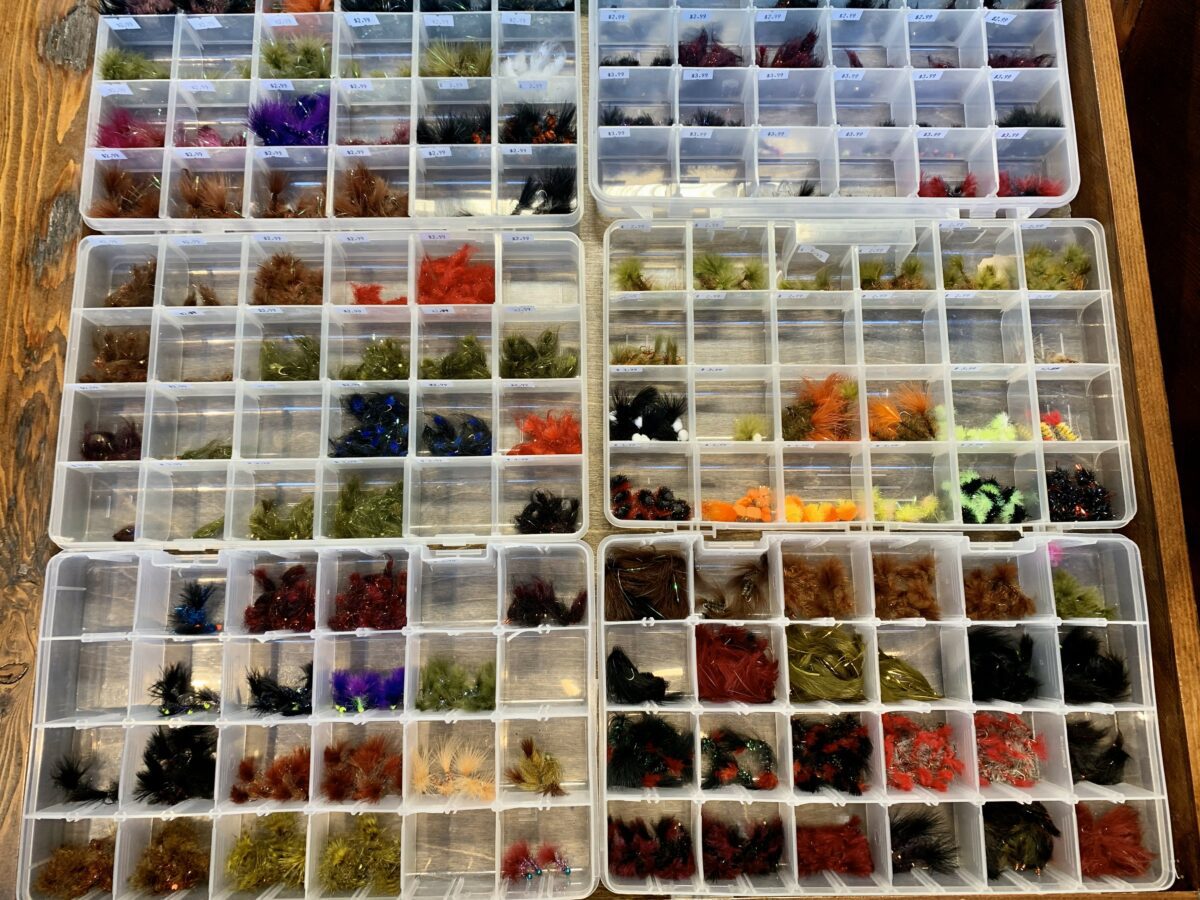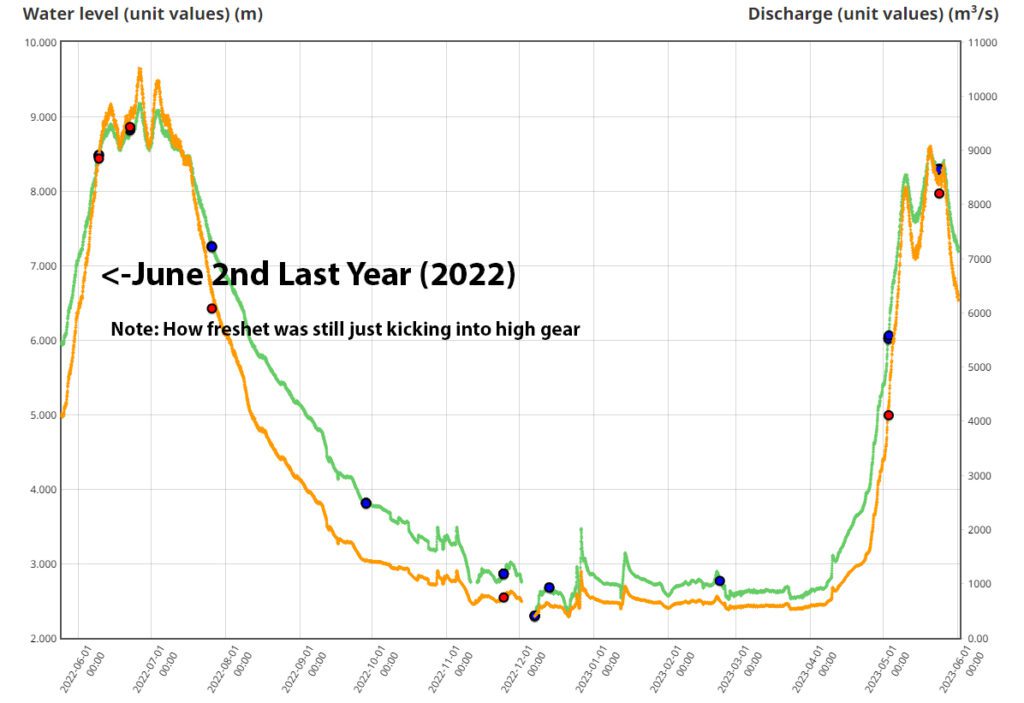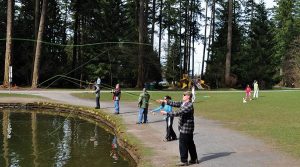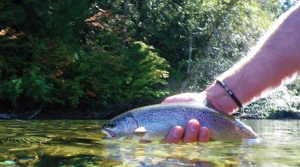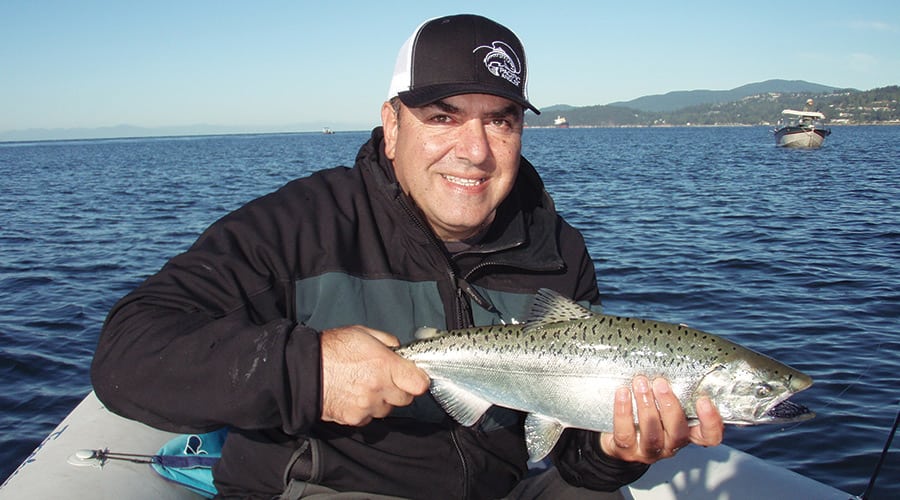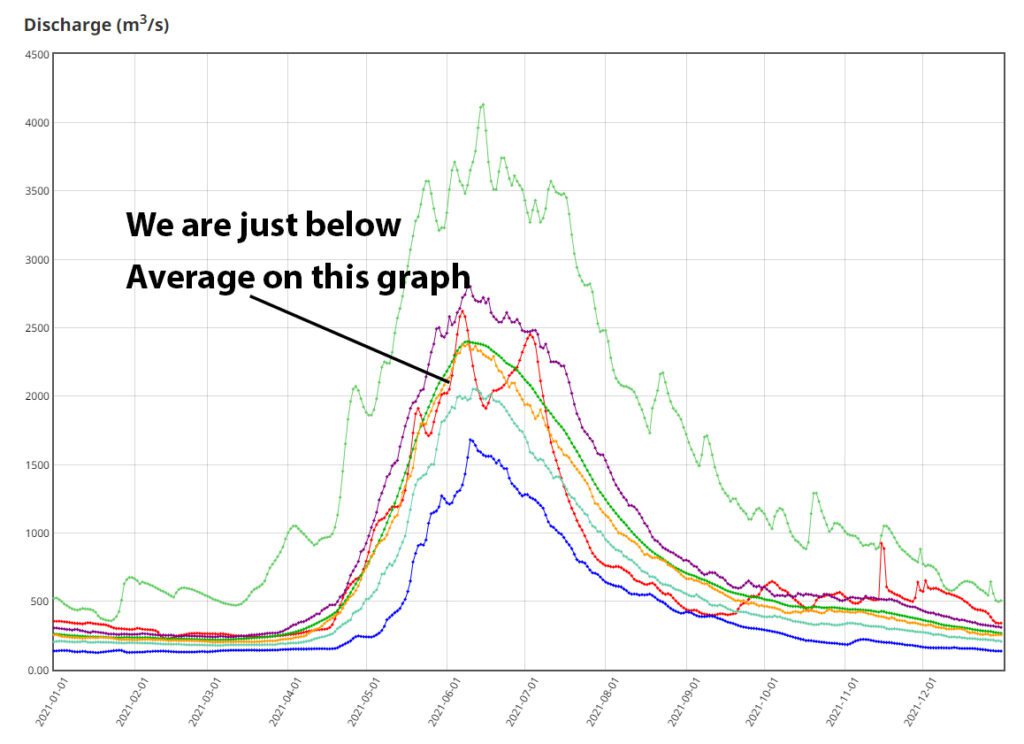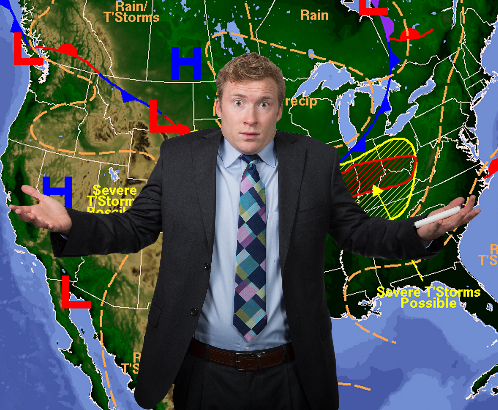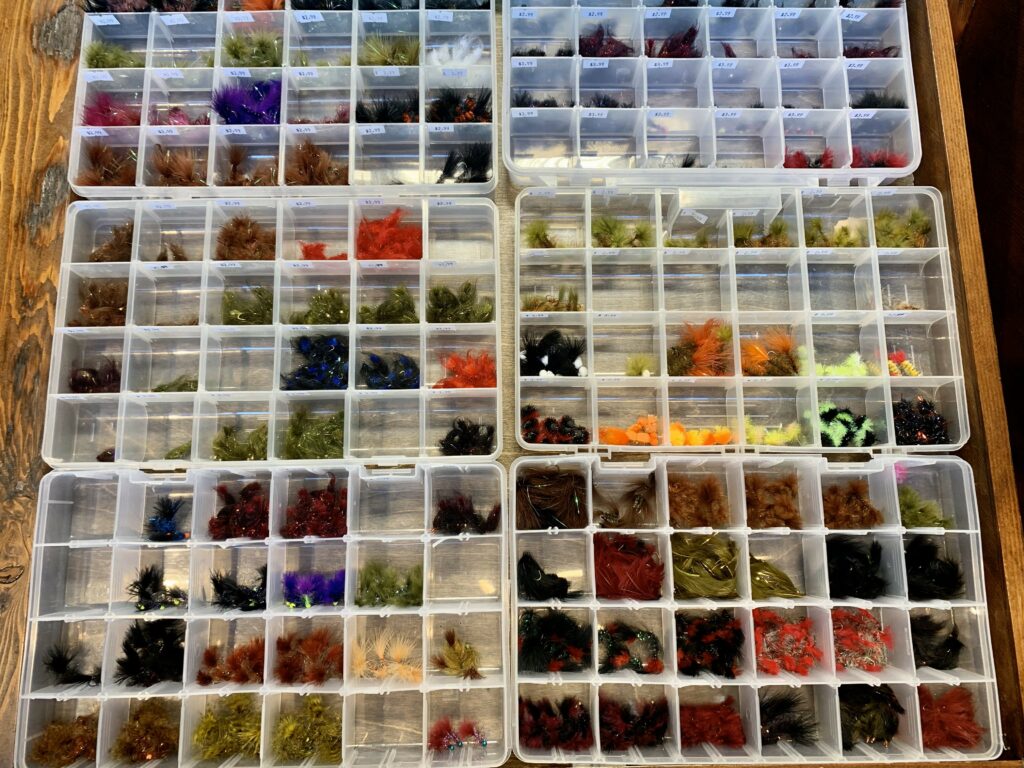OUTLOOK
June Is here! We had a slow start to spring but, somehow June is already here, and the official start to summer is just around the corner. With summer in mind, we will see many of our fisheries start shifting. Now is also the time when we start looking hard at water levels. It looks as though we have seen the peak of freshet and things should start steadily dropping from here on out. We are going to give it another week before we come out with our water level predictions for July on the Lower Mainland/Interior trout rivers, but Matt is going to share some of the early numbers with you. In short, things look promising that levels will be better than we have seen in the past 3 years.
In this week’s report we are going to the look at the Capilano. It is getting lower, and we have heard positive reports. We are also excited about saltwater fishing because coho are now open in local waters. Though the fishing tends to get better, a little later in the season, Jason has a detailed saltwater report looking at catch and release chinook opportunities and coho strategies.
Jason tunes in twice this week. He has been out lake fishing a bunch and is heading out with Matt again this weekend. In his Interior Lake Report, this week, he is going to go through some of his strategies as lakes warm up and as we see more diverse bug hatches. Check out both of his reports below.
Last, but not least, if summer has you thinking of getting out to do some beach fishing be sure to grab your spot in Andre’s upcoming beach fishing course. This course always sells out so be sure to call the shop to sign up today! Details are in the Classes and Courses Section below.
CLASSES AND COURSES
Introduction to Fly Fishing
This course is specifically designed to give the new fly fisher the basic knowledge, casting skills and fly fishing strategies to effectively fish our local BC waters. This course is comprised of two sessions; 3hr evening seminar and a 3hr casting session. The dates below show the seminar date first and casting date second.
Dates: Jun 14 & 17, July 11 & 15, Sept 19 & 23
Cost: $175.00+GST
Seminar Time: 6:30pm – 9:30pm
Casting Time(s): 10am – 1pm or 1:30pm -4:30pm
Fly Fishing Trout Streams
Stalking trout on mountain streams defines fly fishing. In this course we will teach you the fundamental techniques for fly fishing trout streams; dry fly fishing, nymphing, and streamer fishing.
This Introduction to Fly Fishing Trout Streams course will get you as close to being Brad Pitt (A River Runs Through It) as you will ever be! This course is comprised of one 3hr evening seminar.
Date: June 20, 2023
Cost: $60.00+GST
Time: 6:30pm – 9:30pm
Fly Fishing On Beaches Course
This single evening 3hr seminar will cover the basic principles needed to be an effective beach fly fishermen in BC from Howe Sound to the east coast of Vancouver Island. Topics covered will include rods, reels, fly lines, flies, tides, and techniques. Andre Stepanian, the instructor for this course, has been chasing salmon on our local beaches for over two decades. 2023 is a pink salmon year in the Lower Mainland and remember, east coast Vancouver Island has a pink salmon run every year.
Date: Wednesday June 21, 2023
Cost: $60+GST
Time: 6:30PM
FRESHWATER FISHING REPORTS
Capilano River Fishing Report
As of now, the Capilano is very low, meaning the fish are going to be tight lipped and extremely spooky. There are fish to be caught, although downsizing your gear is essential to entice these fish to bite.
With this low water, there are two thought processes to use in catching fish. You can 1. Stay and make ‘em pay, or 2. Search for moving fish. I’ll explain here shortly. Capilano coho will start to stack up in the canyon from now until the fall. One can sometimes see dozens of fish sitting in one pool. The only issue is, these fish seldom bite, or when they do, it’s usually at first light. Targeting these tight-lipped, stacked up fish during broad daylight is difficult, but can be done if you downsize your presentations and fish methodically. When fishing for these stacked up fish, full-sink fly setups tend to outperform gear anglers during low water.
For the gear angler, don’t lose hope! Fishing with bait such as roe or shrimp at first light still produces fish, but don’t be surprised when they stop biting after the first hour or two of light. When this happens, you must switch your game plan and start looking for active, moving fish. This means covering water in a manner like steelhead fishing. Odds are these fish are fresh and will bite within the first few casts.
We will continue to see pushes of fish throughout the summer with each bump of water so keep an eye on the tides and water levels and you should have success!
Tight lines
Josh Lo
Lower BC River Levels Summer Overview
I have started to take a few early looks at river water levels looking to the summer trout fisheries. Some years we are watching out for high water and some years we have low water to be concerned about. Later in June, I will start looking back at historical river levels, specific snowpacks and my fishing records to shine a little more insight on the numbers but, for now, here are a few graphs of numbers I am looking at. Overall, we are probably going to see an average to slightly lower than average water year. Barring another heat dome or unpredicted cold snap things should come into shape for river anglers earlier than we have seen over the last 3 seasons.
When looking at most Lower Mainland rivers we are between the 50 year mean and the lower Quartile. Yes, that’s a bunch of science speak that I hardly understand but, in simple language, we are slightly below average levels right now but nowhere near record low levels.
The big determining factor going forward will be the snowpack of the mountains above your given river. The general trend is that there is not a crazy big snow pack this year, with some exceptions. So, we should have seen the peak of freshet and things should start coming down over the next month.
As always, I am not a weatherman or a river levels hydrology expert – I just enjoy Geek’n out on these numbers.
Matt Sharp
STILLWATER FISHING REPORTS
Interior Lakes Fishing Report
Well, it’s official. May is gone and with it some of the best chironomid fishing of the year, but don’t fear, we have a lot of great lake fishing ahead of us!
I mentioned this in my last lake fishing report, that you need to be prepared for anything this time of year. Chironomids, mayflies, and damselflies for sure. You might be stripping leeches, scuds or crawling a dragonfly nymph along the bottom as well. So, make sure you have a diverse selection of flies with you. It really comes down to elevation, weather patterns, and the characteristics of each lake. Some lakes actually chironomid fish well all summer, others will be better for mayflies, damsels or caddis in the coming weeks.
It also pays to brush up on the required lines and styles of retrieve to imitate the different food items in the lake. Remember lake fishing is a long journey with knowledge on lakes and techniques gained and honed every year. This isn’t a sprint, so don’t be too concerned if this time of year the options seem endless, because they can be. At the end of the day though, the fish will give you the clues you need to dial in your presentation and the rewards are always worth it.
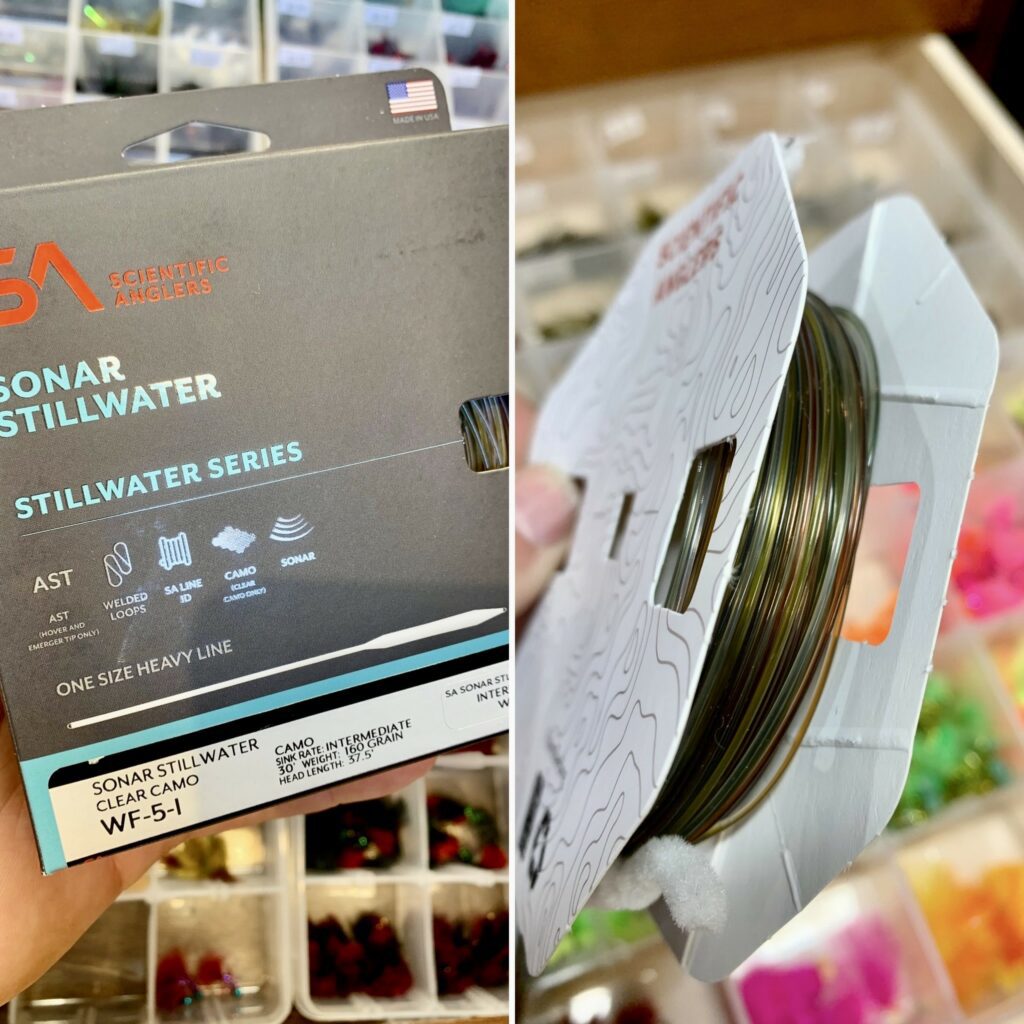
Speaking to the time of year and water temperatures, this time of year we can see things really get too hot mid-day on some lakes. The flip side is we can start to see some good fishing in the evening as the water cools and the fish head back up onto the shoals to feed. This is often sight fishing and can be very rewarding. Once the light drops and the water cools, head up onto that shoal or work the shoreline edges of lakes with no shoals. Try a clear intermediate sinking line with a long leader and some fluorocarbon tippet material. Cast and retrieve different leeches, experimenting with size, colour and retrieve until you get some success. Some huge fish can be caught this way as we progress into summer. If you are lucky enough to be on a lake with some marl shoals, the sight fishing is exhilarating. It’s just one more aspect of the amazing opportunity our BC lakes provide.
See you in the shop or on the water.
Jason Tonelli
SALTWATER FISHING REPORTS
Vancouver Saltwater Salmon Fishing Report
It’s June 2 and that means coho are now open in both Area 28 and 29. It is 2 hatchery coho a day over 30 cm. This is welcome news to local anglers who have been closed to chinook fishing since April 1. I have already seen some pictures and heard reports of some hatchery coho off South Bowen and Point Atkinson to West Van. I’m not surprised as we did encounter quite a few juvenile coho this winter while fishing for winter chinook. The coho numbers should increase as more fish show up mid-June and into July. Each year the Capilano gets back around 12,000 hatchery coho, all of them are clipped, and that can provide some great coho opportunities minutes from Vancouver. Remember that number is coho that actually get into the hatchery, and thousands more are harvested in the ocean by anglers in boats, off the beaches and in the river itself.
Let’s talk coho tactics. First thing to note is these fish are generally shallow. They are usually caught in the top 65 feet of the water column. Keep your riggers in that zone and I recommend stacking your gear (2 rods on one rigger) so you can really cover that top 65 feet and have lots of flash and action. Coho are not afraid of either, so reflective flashers are the most productive. That high up in the water column we aren’t using flashers with glow tape, we prefer reflective and UV finishes or a combination of both.
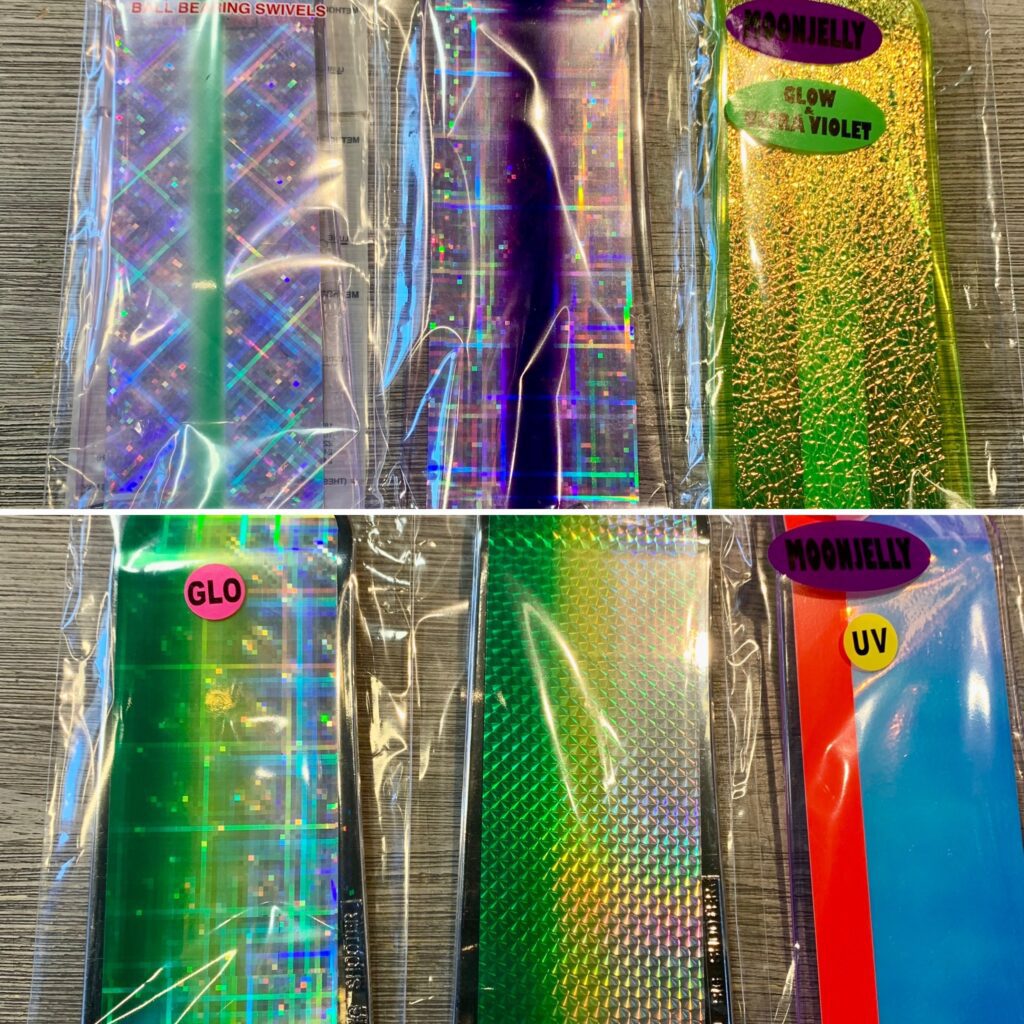
The same goes for your spoons. Focus on spoons that have reflective nickel plate, silver plate, gold plate finishes, mylar tapes, or moon jelly tapes and for paint finishes the coho seem to prefer the green and chartreuse shades. For leader length on the spoons try 48 to 60 inches.
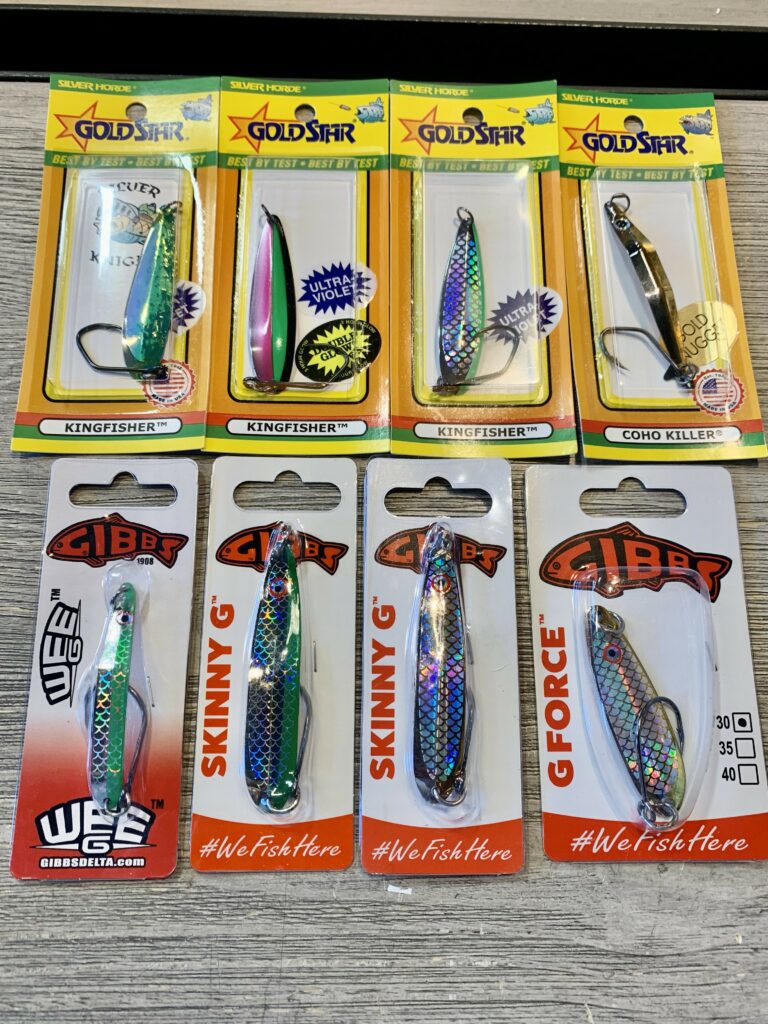
Hoothcies are also very productive for coho. In particular, try the white UV hootchy or a version of it as some come with pink stripes or mother of pearl finishes. All of them work well. Try a shorter leader to make sure the hootchy has plenty of action, such as 24-28 inches. Also try adding a reflective mylar skirt that will give it more flash and presence in the water.
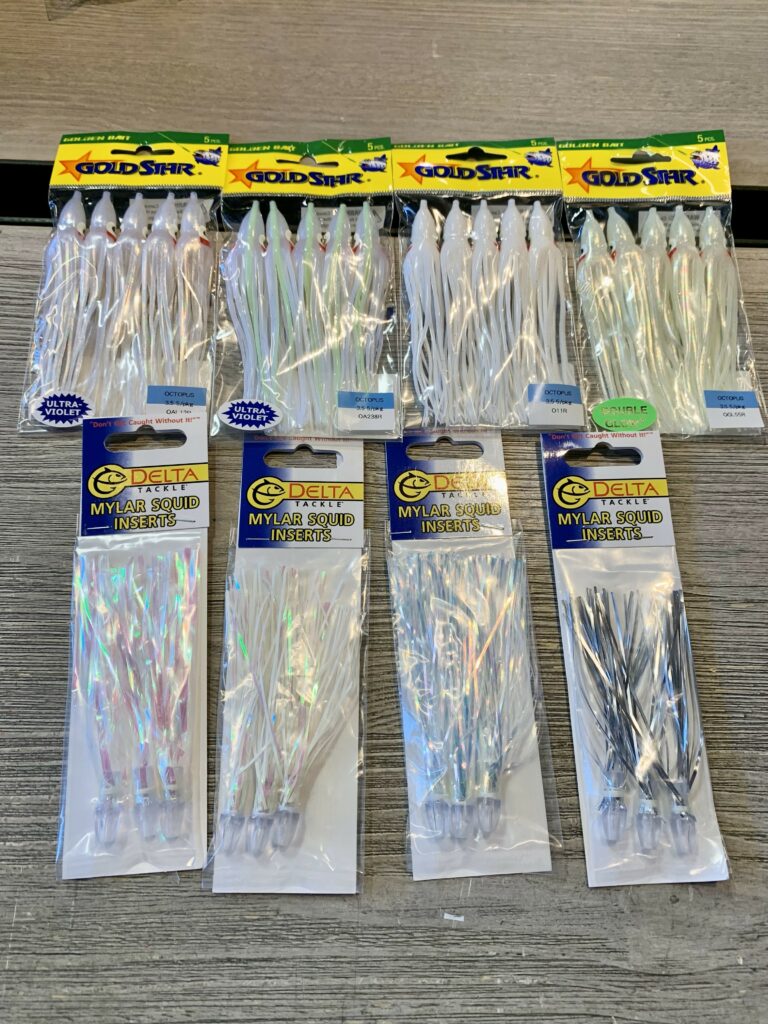
A few more factors to consider are speed and time of day. We like to troll fast for coho to make sure the flashers, spoons, and hootchies are providing an erratic action. This means with an 18-pound cannonball and two rods on that rigger (stacking) down 50-60 feet, we would expect to have at least a 45-degree cable angle but even more than that is okay, up to about 55 degrees. Remember you are trolling with durable artificial lures and they will work well at higher speeds, particularly hootchies. It’s better to go too fast than too slow for coho.
When it comes to time of day, since the coho are up in the water column, early in the morning is often the most productive. Later in the day when the sun is higher it can slow down a bit. This is less of a factor for fresh and aggressive fish like the ones you will catch off South Bowen or the Hump. I have done well at 35 feet for those coho in the middle of a hot and sunny day. However, for coho that are stacked up off West Van later in the season, the first light bite can be noticeable.
I hope that information gives you some insight into local coho fishing and helps you be successful. You will likely catch some chinook while fishing for coho in Area 28 and 29 and chinook fishing is closed, so make sure those fish are carefully released. The next opportunity for chinook retention will be July 15th when we head over to Gabriola and Entrance Island in Area 17 and portions of Area 29 NW of Gower Point.
See you in the shop or on the water,
Jason Tonelli


